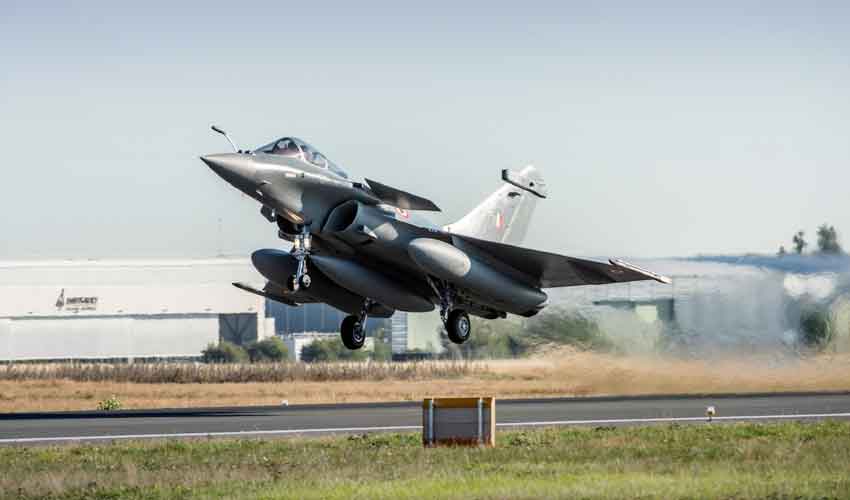Prime Minister Shehbaz Sharif has verified that the Pakistan Air Force (PAF) successfully downed six Indian warplanes, including advanced fighter jets, during the standoff between the two nations last week.
During his visit to the Pakistan Air Force base in Kamra, the Prime Minister confirmed the downing of the sixth aircraft on the night of May 6th and 7th, a period when the two countries were on the verge of a full-scale war.
“This serves as further evidence of the Pakistan Air Force’s combat prowess and the unwavering determination of our armed forces,” stated Prime Minister Sharif during his visit.
The aircraft reportedly shot down include three Rafale fighter jets, one Sukhoi Su-30, one MiG-29, and one Mirage 2000.
Read also: PAF Achieves a Decisive 6-0 Victory Over India: Air Vice Marshal Aurangzeb
In addition to the piloted aircraft, Pakistani forces also destroyed a total of 85 Indian drones, including one Israeli-made Heron UAV and 84 quadcopters and surveillance drones utilized for reconnaissance and potential targeting.
The Prime Minister’s visit follows several days of heightened border tensions, marked by mutual accusations of airspace incursions and military provocations.
In a joint press briefing with Pakistan military spokesperson Lieutenant General Ahmed Sharif Chaudhry, senior Pakistan Air Force (PAF) officer Air Vice Marshal Aurangzeb Ahmed declared that the Pakistan Air Force had achieved a conclusive 6-0 victory over the Indian Air Force in the recent conflict.
Read also: Pakistan Army Pledges ‘Merciless’, Swift Response to Ceasefire Violations
Air Vice Marshal Aurangzeb commended the PAF’s effectiveness in responding to Indian aggression. “The PAF maintained full readiness during both peacetime and wartime. We adhered to the Air Chief’s directives and exercised our right to self-defense by targeting those who attacked Pakistan,” he elaborated.
He detailed that all incoming Indian drones and missiles were tracked as part of Pakistan’s air defense operations. The PAF successfully jammed enemy drones, disrupted their data transmission, and employed both soft and hard kill methods. The “hard kill” approach was reserved for areas with civilian presence to minimize unintended damage.



